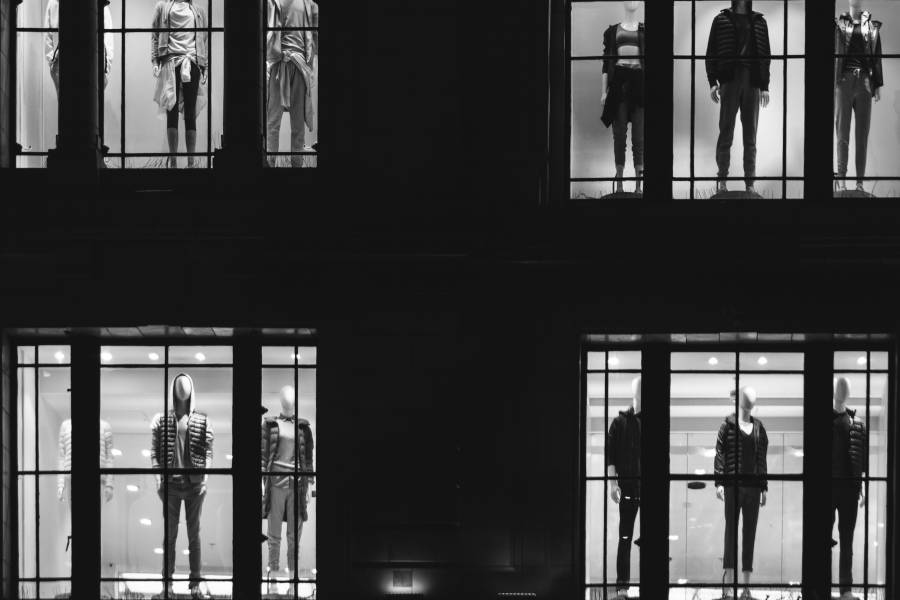
In a decision ruled on 12 October 2022, Paris Court of Appeal reminded the delicate conditions under which a trademark made of a well-known surname must be used, and the – serious – risk for the purchaser of losing the right to use this trademark, even though duly acquired.
Our Intellectual Property team tackles the issue of Castelbajac case, and warms of the need to be vigilant when using trademarks that have been regularly acquired and include well-known surnames.
Jean-Charles de Castelbajac’s work and visual identity are clearly identifiable and recognised by the public.
They are perceived by specific use of colours, graphics and pencil strokes that are instantly recognisable.
Castelbajac’s designs have been widely recognised since the launch of the fashion house of the same name in 1978.
In fashion industry, designers’ names are often used as brand names, as in the case of Christian Dior, Yves Saint-Laurent and Jean-Paul Gaultier.
For these brands, designer and his vision are intertwined. Consumer links them unequivocally.
However, fashion houses, like any other business, can be sold off, leading to departure of the designer, whose name is also the brand under which the goods are marketed.
Continuation of life of the company in question is subjected to loyal and sincere use of the distinctive sign under which it is known.
In a ruling handed down on 12 October 2022, Paris Court of Appeal reminded the delicate conditions under which a trademark consisting of a well-known family name must be used, and the – serious – risk for the purchaser of losing the right to use the trademark, even though it has been duly acquired.
In the present case, in substance,
JC DE CASTELBAJAC and JEAN-CHARLES DE CASTELBAJAC trademarks were acquired by Company X in the occasion of liquidation of Company Y, which owned them. A collaboration contract was entered into with Mr. De Castelbajac, under the terms of which he was entrusted as artistic Director of Company X.
At the expiration of the contract, relations between parties deteriorated.
Among dissatisfaction grounds was the issue of the use of “JC DE CASTELBAJAC” and “JEAN-CHARLES DE CASTELBAJAC” trademarks which was being used by Company X in a misleading manner.
Article L.714-6 of French Intellectual Property Code states that:
” The owner of a trademark may lose his rights if the trademark has become:
a) The name customary in the trade for the product or service;
b) liable to mislead, in particular as to the nature, quality or geographical origin of the goods or service“.
Court of justice of the European Union has already stated in this regard that the mere fact that “the owner of a trademark corresponding to name of the designer and first manufacturer of the goods bearing that mark cannot, by reason of that particular feature alone, be deprived of his rights on the ground that that mark is misleading the public“.
Thus,
Designer’s departure from the fashion house cannot, on its own, be sufficient grounds to render the eponymous trademark misleading and to establish revocation of the rights of the new owner of the trademark.
However, on 12 October 2023, Court specified that this position did not prevent the designer from being able to demonstrate that the use of the trademark was fraudulent and to apply for revocation on the basis of article L.714-6b) of the Intellectual Property Code.
In this case,
Mr. De Castelbajac asked the Court to declare trademarks at issue revoked on the grounds that: Company X’s use of the trademarks consisting of his surname was “of such a nature as to persuade the consumer that the goods he acquires under these trademarks or signs were designed under artistic direction of Mr. De Castelbajac when this was (no longer) the case“.
Company X was accused of having accompanied these trademarks with drawings, motifs and colours emblematic of Mr De Castelbajac’s world and with handwritten references identical to the designer’s handwriting, thus suggesting that he was the author. Company X was also accused to have used the litigious trademarks in the context of collaborations with third-party trademarks, to have organised a promotional campaign celebrating 50 years of Mr. De Castelbajac’s work, thus giving the impression that they still work with him.
This led the Court to declare revocation of “JC DE CASTELBAJAC” and “JEAN-CHARLES DE CASTELBAJAC” trademarks – for goods related to the facts in dispute, i.e. “cosmetic and beauty products” and “clothing” – on the grounds that they were liable to mislead the public, in particular as to the nature, quality or geographical origin of the goods marketed by Company X.
In its ruling of 22 October 2022, the Court held that:
“(…) the elements that have just been set out (…) characterise the misleading use that the Company has made on several occasions (…) of the trademarks ‘JC DE CASTELBAJAC’ and ‘JEAN-CHARLES DE CASTELBAJAC’ by associating these trademarks, (…) with actions intended to lead consumers to believe that certain products that they purchase, bearing these trademarks, were designed by or under the direction of Mr De Castelbajac, when this design is no longer part of the company’s strategy. ) to actions intended to lead consumers to believe that certain products they purchase bearing these trademarks were designed by or under the direction of Mr De Castelbajac, when this design is no longer part of the collaboration that united the company and the designer from July 2011 to the end of 2015″.
Although this decision may discourage a buyer from acquiring a company whose trademark is a family name, its scope must be put into perspective.
The Court was careful to take into account the specific facts committed by the company in question, which misled consumers into believing that it was collaborating with the creator.
Precisely drafted contractual clauses that clearly set out the conditions of use of the assigned trademarks should make it possible to anticipate and avoid such contentious situations.
Paris Court of Appeal, Pôle 5 – Chamber 1, 12 October 2022, no. 156/2022.
* * *
Our team is at your disposal to assist you with any assignment, acquisition, use or protection of trademarks.





